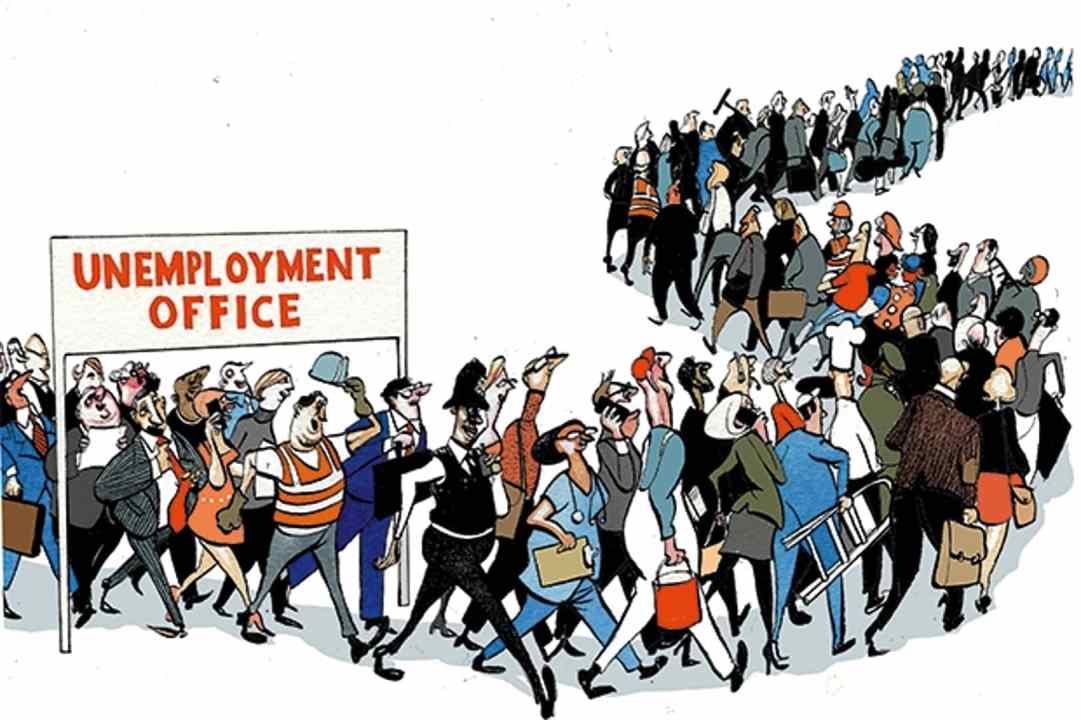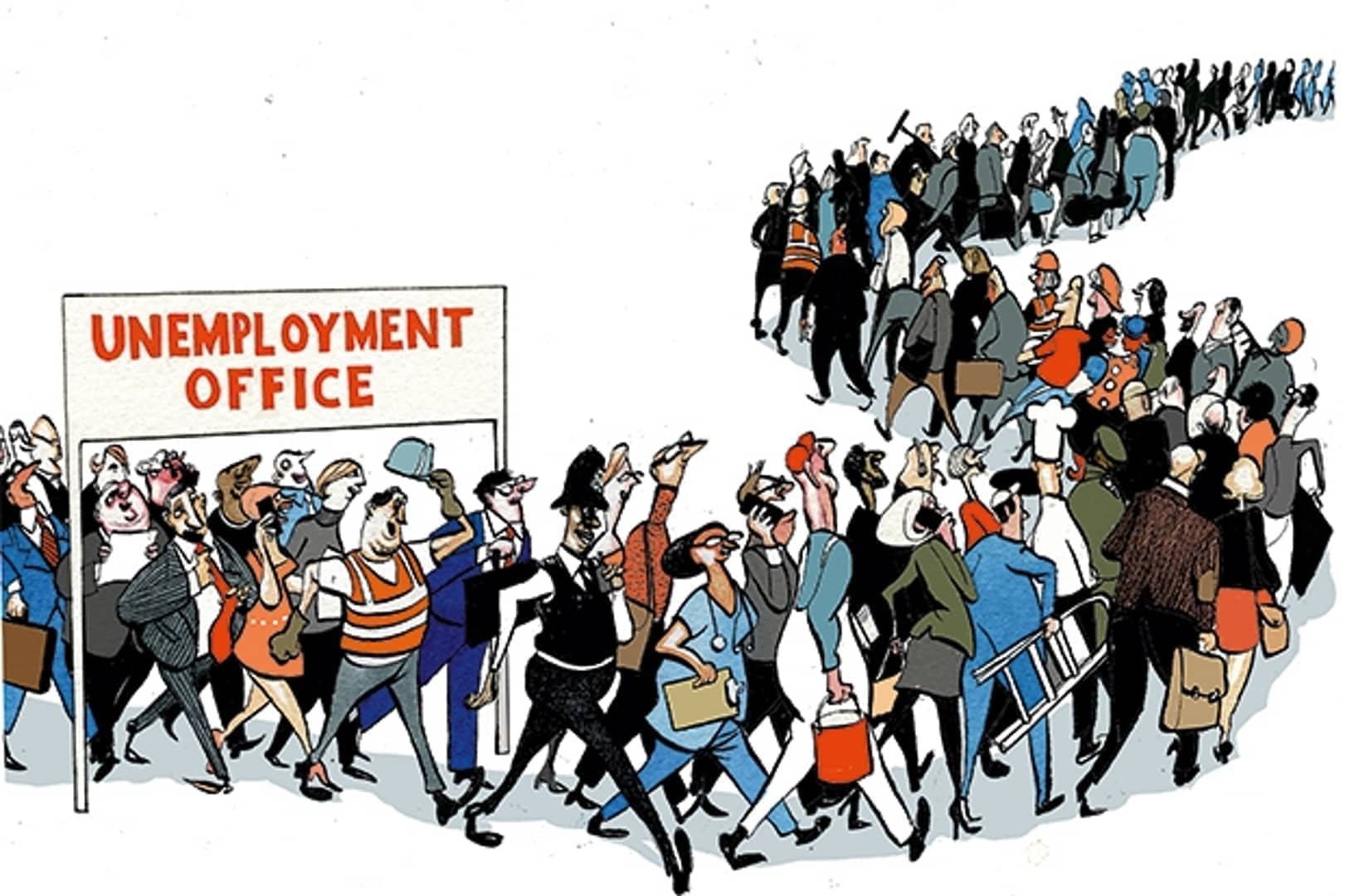It wasn’t long ago that we were fearing the end of the furlough scheme might be accompanied by a significant rise in unemployment. According to the latest labour market figures released by the Office of National Statistics (ONS) this morning, that doesn’t appear to have happened. What they do show, however, is that the pandemic has led to growth in a section of the population which generally receives little comment: adults of working age who are economically inactive – i.e. not in work and not seeking work either. Moreover, those who are in work are working fewer hours than they did before the pandemic.
The figures cover the period August to October, the last month of which falls after the end of the furlough scheme on 30 September. They show that unemployment is a modest 4.2 per cent – just 0.2 higher than in the period December 2019 to February 2020, immediately prior to the first lockdown.
However, the employment rate, at 75.5 per cent, is 1.1 percentage points lower in the most recent period than it was prior to the pandemic. The different is accounted for by growth in the percentage of people who are economically inactive – which at 21.2 per cent is a whole percentage point above what it was before the pandemic.
Much has been said about the labour market being squeezed by the loss of eastern European workers, either because of Covid, Brexit or both. And certainly employers in some sectors have been complaining about the difficulties in recruiting suitable staff. But there appears to be another factor: a small proportion of UK citizens, perhaps having tasted enforced idleness during lockdown, have decided that they do not wish to return to their jobs – nor indeed to work at all. Whether this group will return to the workplace in time, or subside into early retirement, remains to be seen.
Even those who have returned to, or remained in, work seem to be working less than they did before the pandemic. The ONS figures show that 1.02 billion hours were worked in the last quarter, 17.6 million higher than the quarter before that but still 27.8 million hours in the quarter before the pandemic. That is equivalent to around an hour less a week per worker.
Today’s figures also show earnings continuing to rise at a fair rate: 4.3 per cent over the year if you exclude bonuses and 4.9 per cent if you include them. This is markedly lower than in recent months when the year-on-year increased briefly topped 8 per cent as the effects of the first lockdown distorted the figures. In fact, with the Consumer Prices Index (CPI) at 4.2 per cent, wages are only just about keeping up with inflation. Workers might feel happier to have extra money in their pockets, but it is not giving them any greater buying power in the shops.








Comments